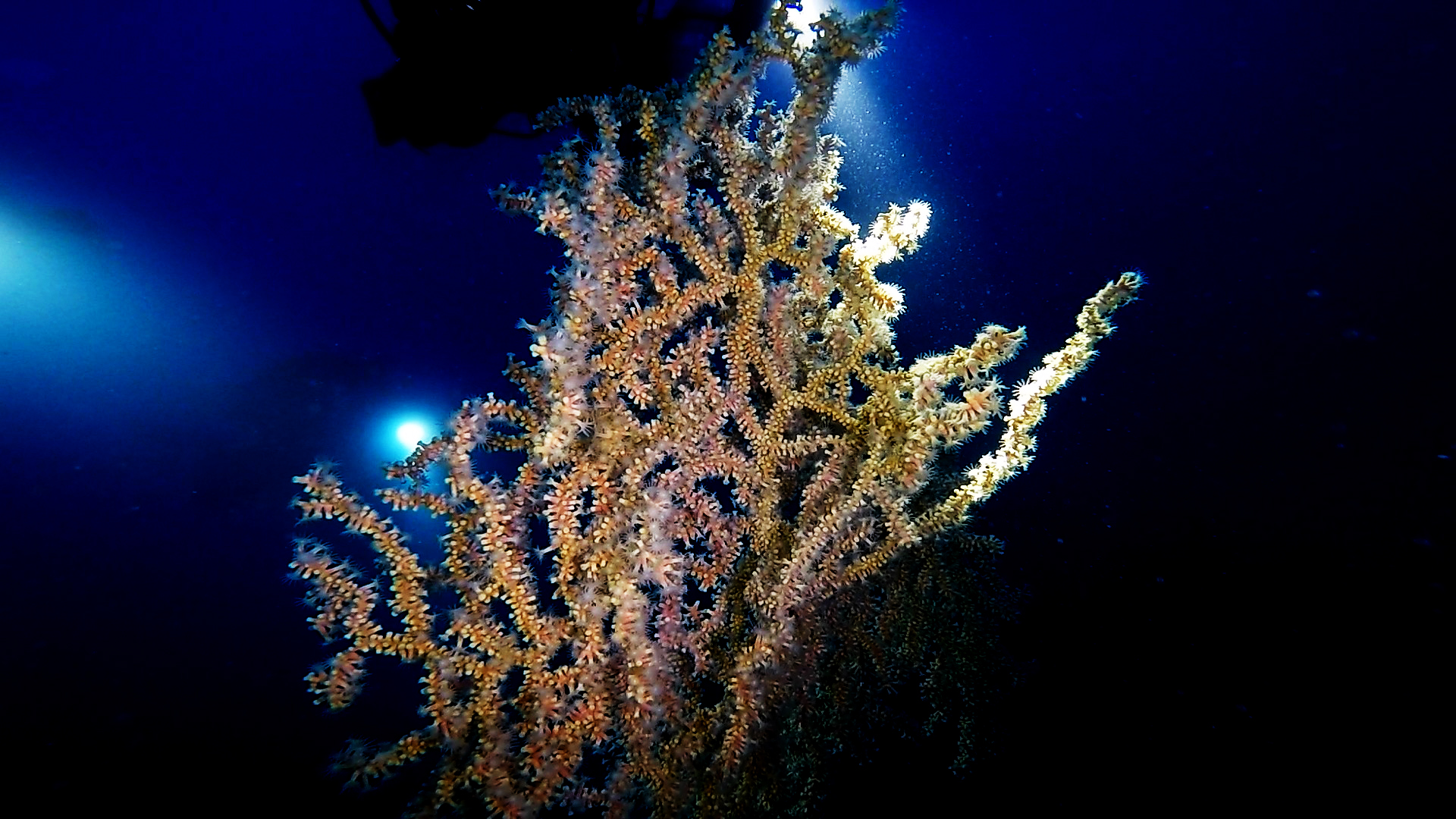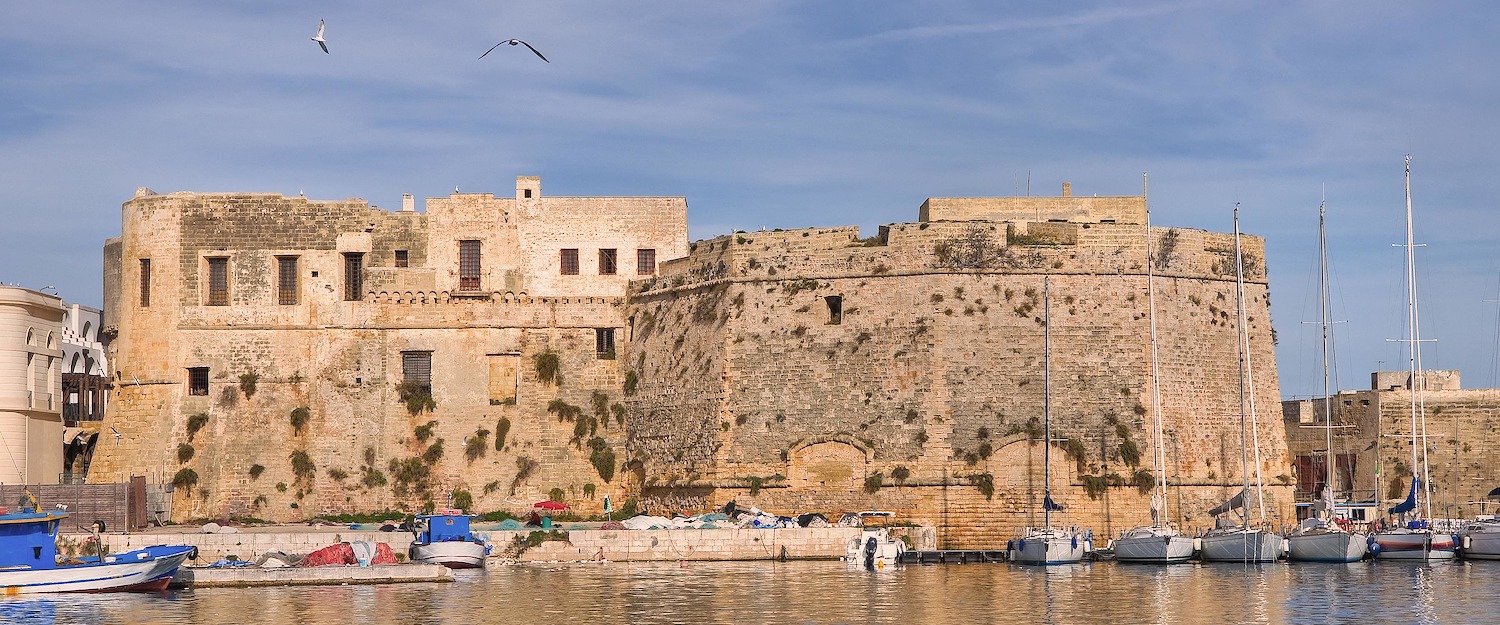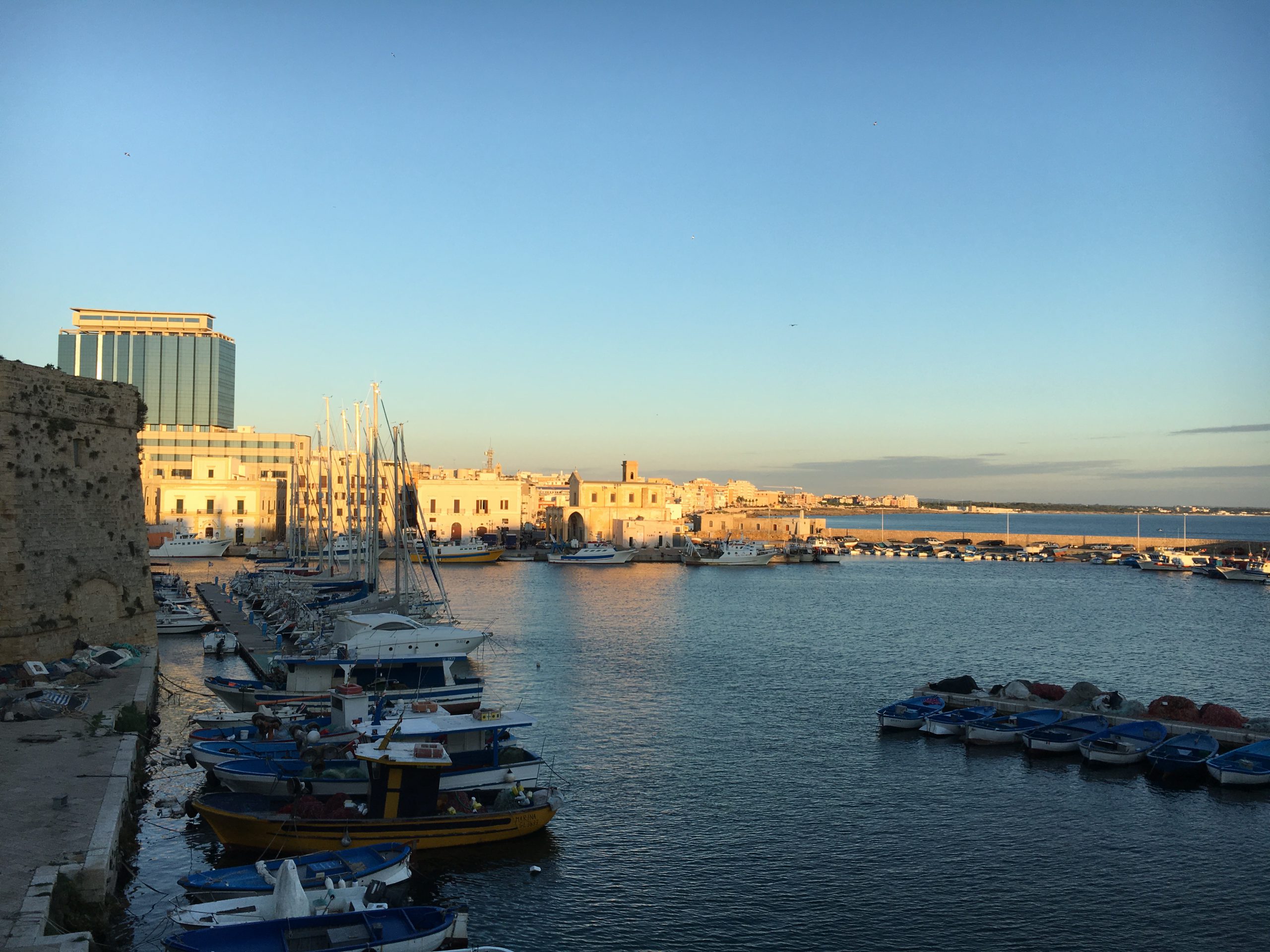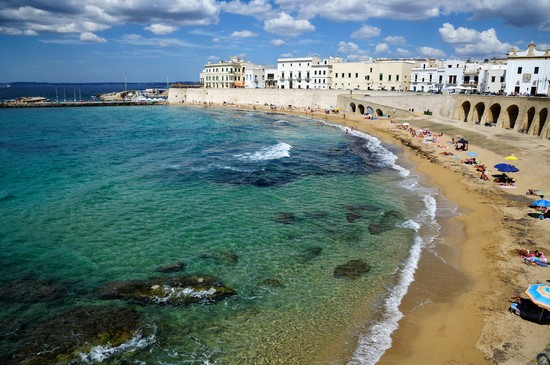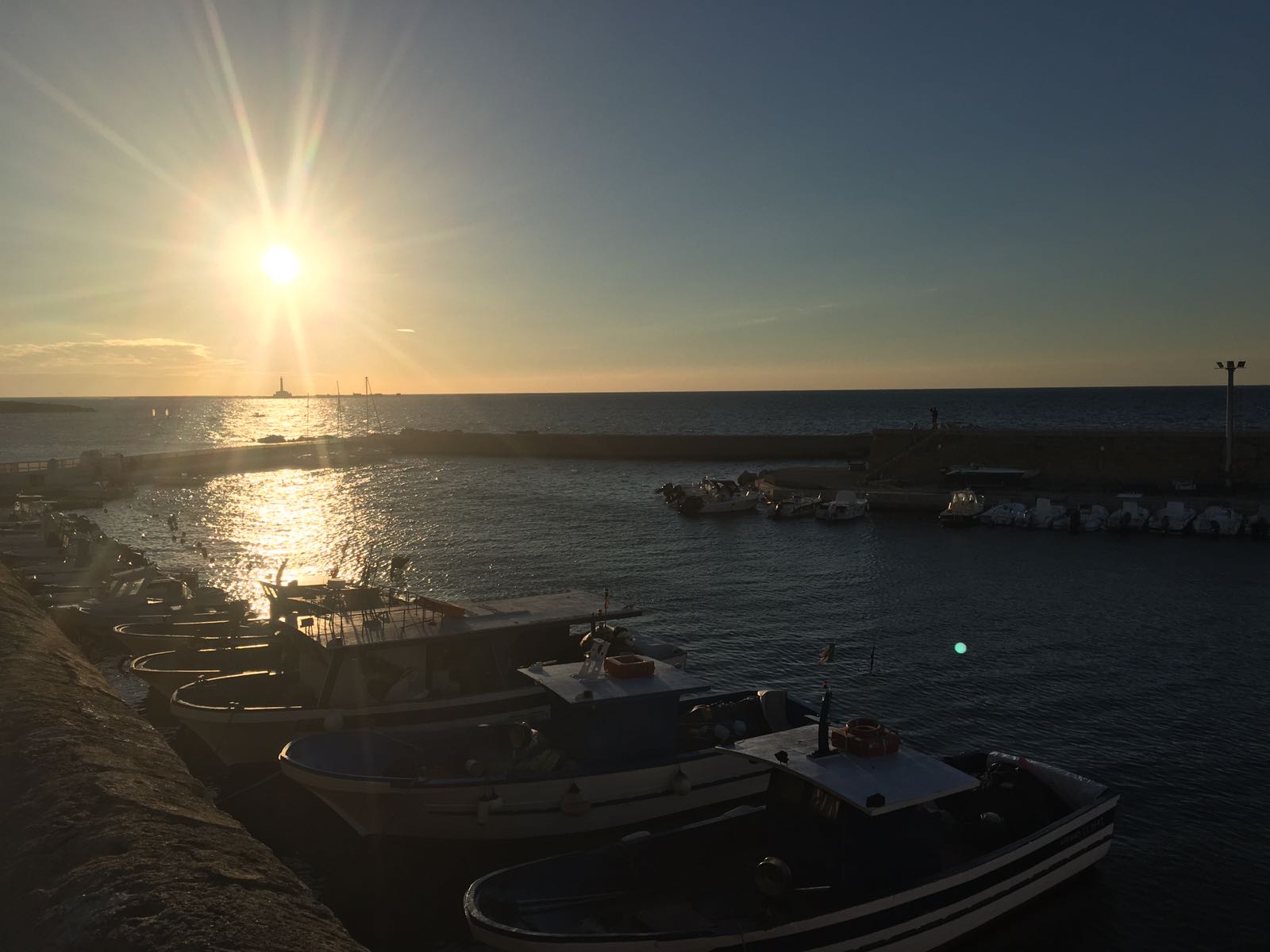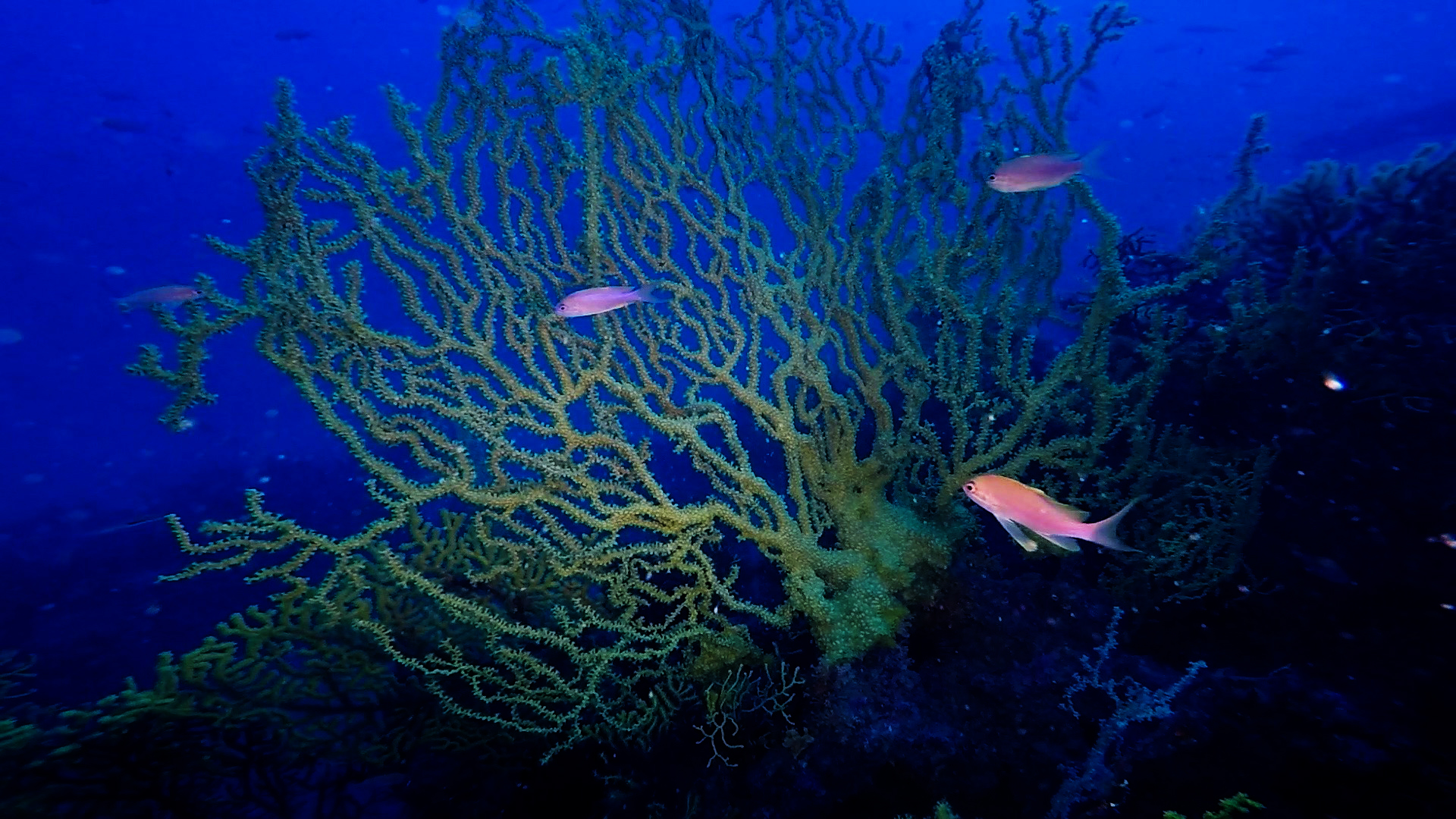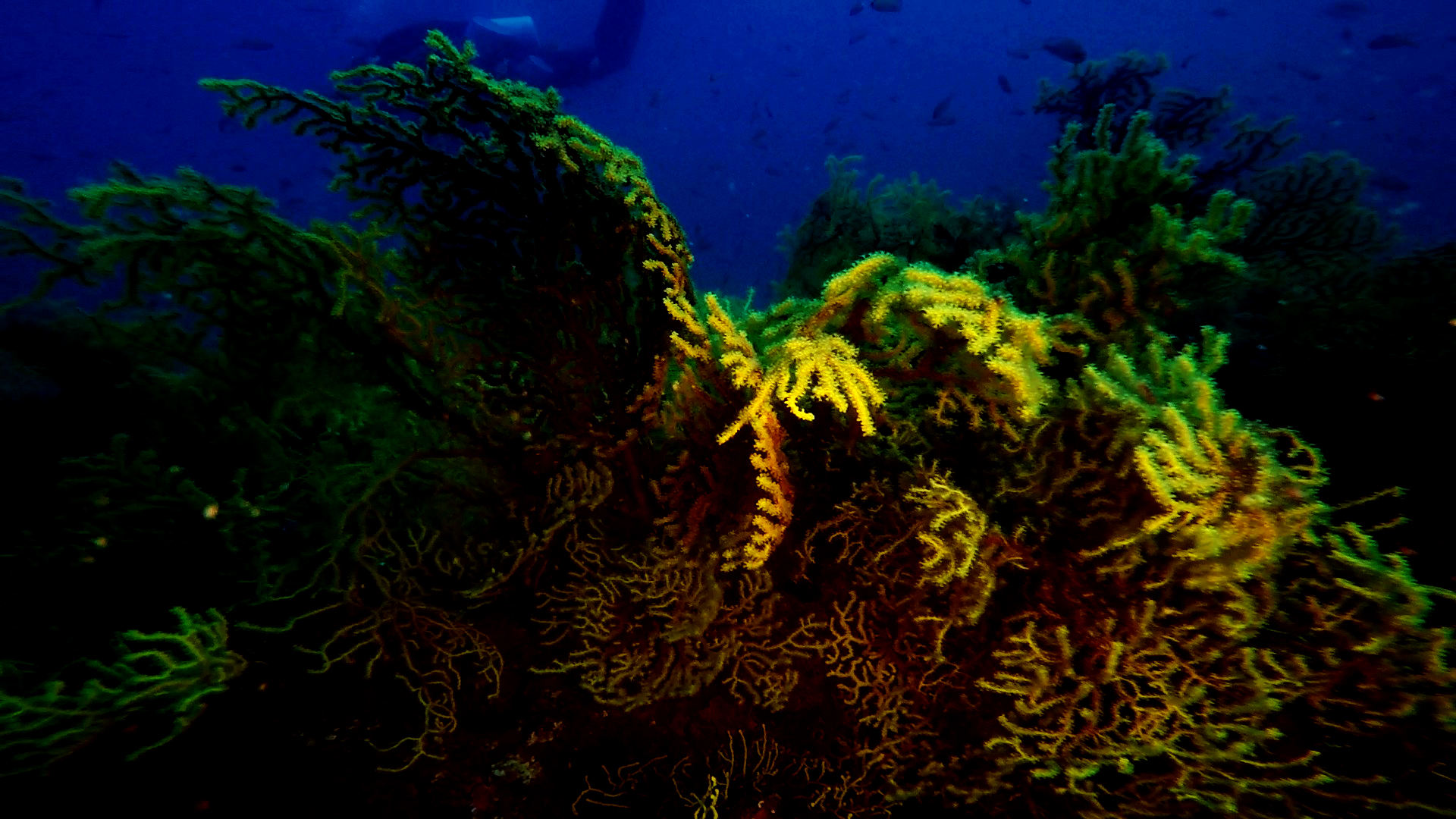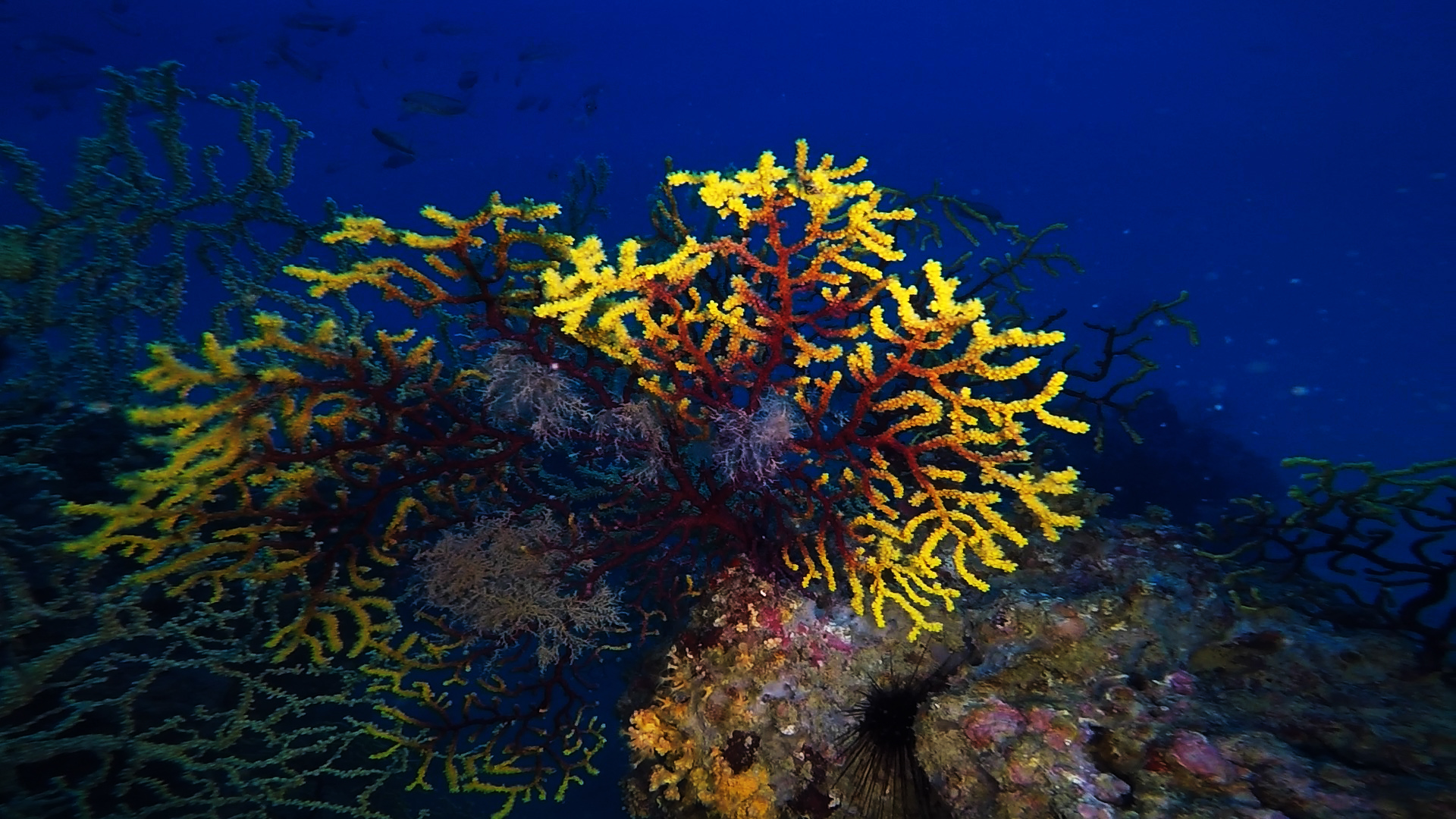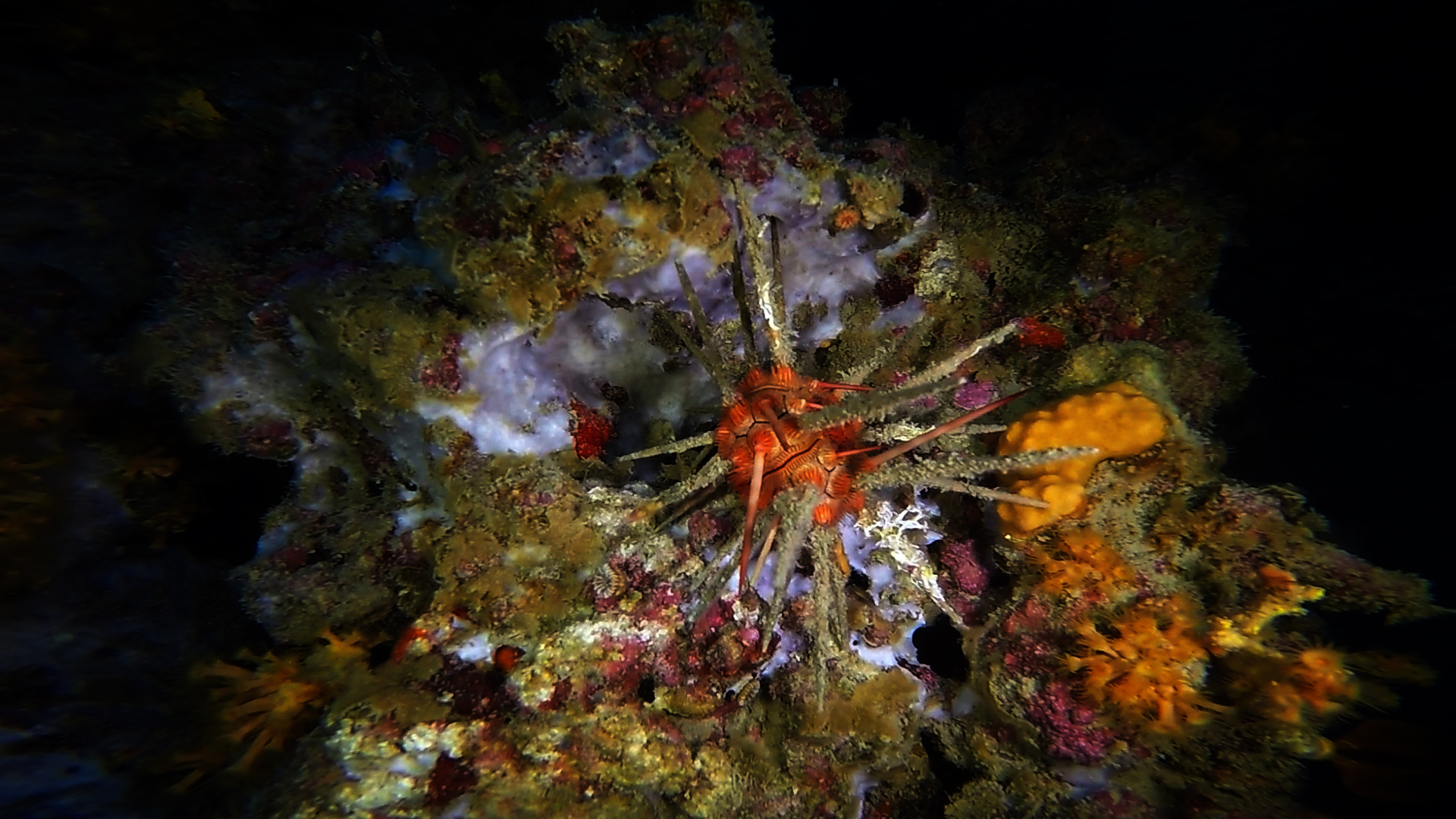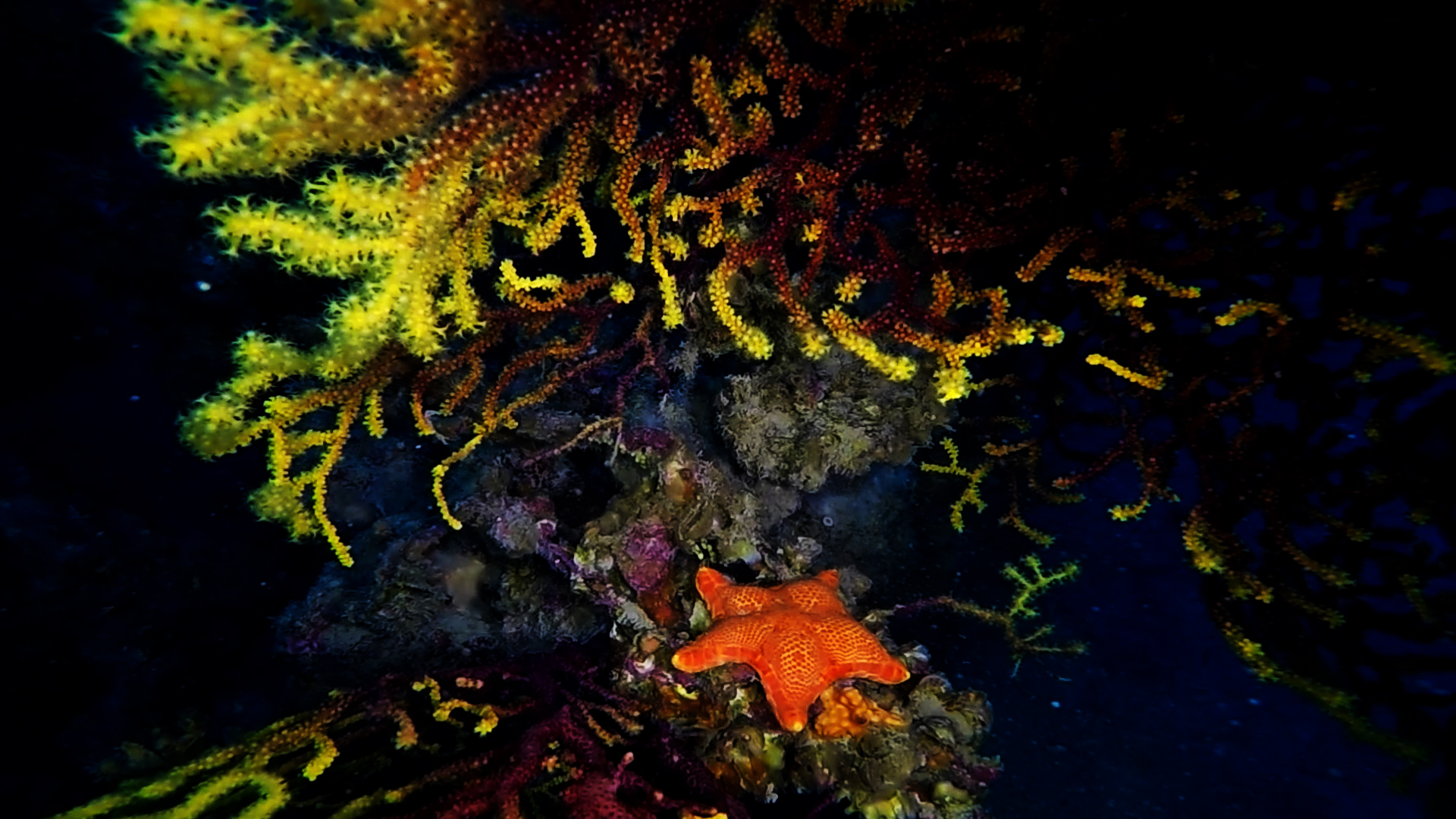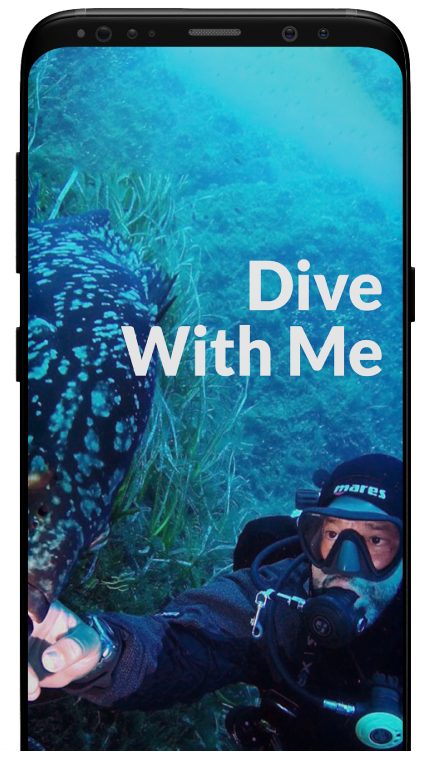A fascinating dive into the kingdom of the gorgonians. A shoal north of the island of Sant’Andrea where the Gallipoli Lighthouse illuminates the way to sailors of the Ionian Sea.
Gallipoli, “the pearl of the Ionian” or “the beautiful city”, lies like a mirage on the Ionian coast of Salento.
Its horizon is unmistakable, with the ancient village perched on an island, connected to the mainland and to the new city by a bridge. The walls, towers and ramparts, which once protected it from invaders, now protect it from storm surges and give it a unique charm of yesteryear.
The historic center is made up of cobbled streets; between the buildings a small window of Ionian often opens and forces me to slow down.
I got lost walking through the alleys and I looked for the sea to find my orientation but I soon realized that it was a useless effort. The streets were often concentric. Sometimes I found myself in the presence of a raging sea that slammed violently on the walls and shortly after I find it placid lying gently on the little sand that runs along the island. It is the effect of the prevailing wind, which hits, with whipping gusts, one side of the old village while letting the other rest.
Around me, imposing churches and opulent palaces enhanced the Lecce Baroque, whose decorations, extravagant and perhaps a little exaggerated, constitute the fundamental and dominant character.
Below me the sea surrounded the imposing Angevin castle with its polygonal enclosure and cylindrical towers.
I stopped in the area of the original moat to have fun seeing the Gallipolini competing for the catch of the day at the local fish market. Octopus, silver bream, boxes of mullet. Unfortunately, intensive fishing, completely devoid of rules and common sense, has impoverished this stretch of sea. Lately things have changed and it is possible to see the first timid signs underwater.
But today Gallipoli is above all mass tourism that pours out on its golden beaches.
That of Gallipolini is the beach of Purità, set between the ramparts of the old city.
The conformation of the village forms two loops on the coasts. To the north, the coast is low and rocky and extends to the beaches of Rivabella and Lido Conchiglie. To the south there are the most famous ones, where the sea is emerald and where between an alternation of rocks and fine sand we find the most famous discos and clubs.
Beyond the ancient village, towards the sea, towards the north, is the island of Sant’Andrea, surmounted by the lighthouse of Gallipoli.
A little further on, still continuing towards the north, almost opposite the coast of Santa Caterina, a section of the seabed quickly slopes down from 47 to 62 meters deep.
I believe that the shoal below was already known by the fishermen of the past.
I’m on a rubber dinghy, on a cool early September morning, in the company of those who wanted to be the first to discover this piece of underwater territory. It is Andrea Costantini, owner of the Costa del Sud Diving Service , or the one who has revealed the most beautiful stretches of sea in the Ionian Salento.
The mooring was precise, targeted and surgical, a sign that the staff members know their sea perfectly.
The descent is long and slow. Little by little, a unique and uncontaminated environment took shape under me, dominated by a single and intense color, yellow.
Because this is the kingdom of yellow, it is the kingdom of Savalia Savaglia, the false black coral.
The seabed looked like a series of long curved rock steps, a couple of meters high. They were distant from each other a few tens of meters and leaned gently on a backdrop of fine white sand.
Majestic branches of false black coral rose above the rocks, with squat and powerful shrubs, from which sturdy branches covered with large fleshy polyps branch off. Some are intense yellow, almost garish, while in others the intensity is significantly reduced, making them look like albinos. The chromatic play is impressive especially if I admire them from the bottom up thanks to the light that filters through this column of water, more than fifty meters deep.
Here the current is light but continuous and allows the gorgonaceans to filter the right nourishment in order to grow conspicuously.
I moved a little farther where I met another step, less long, with an oblong boulder beside it. The garden continued majestically but with a different genre: the paramuricea clavata camaleons, or the two-colored gorgonian, red at the base and wonderfully yellow on the rest of its majestic fan.
Among the ravines in the rock I met a couple of lobsters, a pentagon star and some pencil curls. They were half hidden by the branches of the gorgonians, timidly respectful of these monumental works, absolute protagonists of the scene.
A multitude of colorful anthias tried to blur the scene. I was forced to point the light beam of my video flashlights at them to force them to move away to have an unobstructed view for my shots.
In reality they are simply splashing around happily, fighting the current, exactly like I did in this half hour of underwater idyll.
Useful tips
The particular location of the site, in the open sea and potentially exposed to strong currents, makes this dive suitable only for experienced divers, accustomed to depths, free ascents, with long decompression stops.
I always recommend adequate training before tackling challenging dives and tackling them with correct technical equipment.
To minimize nitrogen narcosis and to be able to fully enjoy the beauty of this backdrop, I opted for a 12-liter + 12-liter bi-cylinder, loaded with a Trimix 21/35 blend.
For decompression I chose the EAN 50 blend.
No doubts regarding the diving support.
The Diving Service Costa del Sud in Santa Caterina is perfect for equipment, logistics, location, distance from the site and nautical means.
The support staff is of the highest level both for availability and competence.
Andrea Costantini has the right experience to be able to accompany us underwater, to these depths, in total safety.
👌


